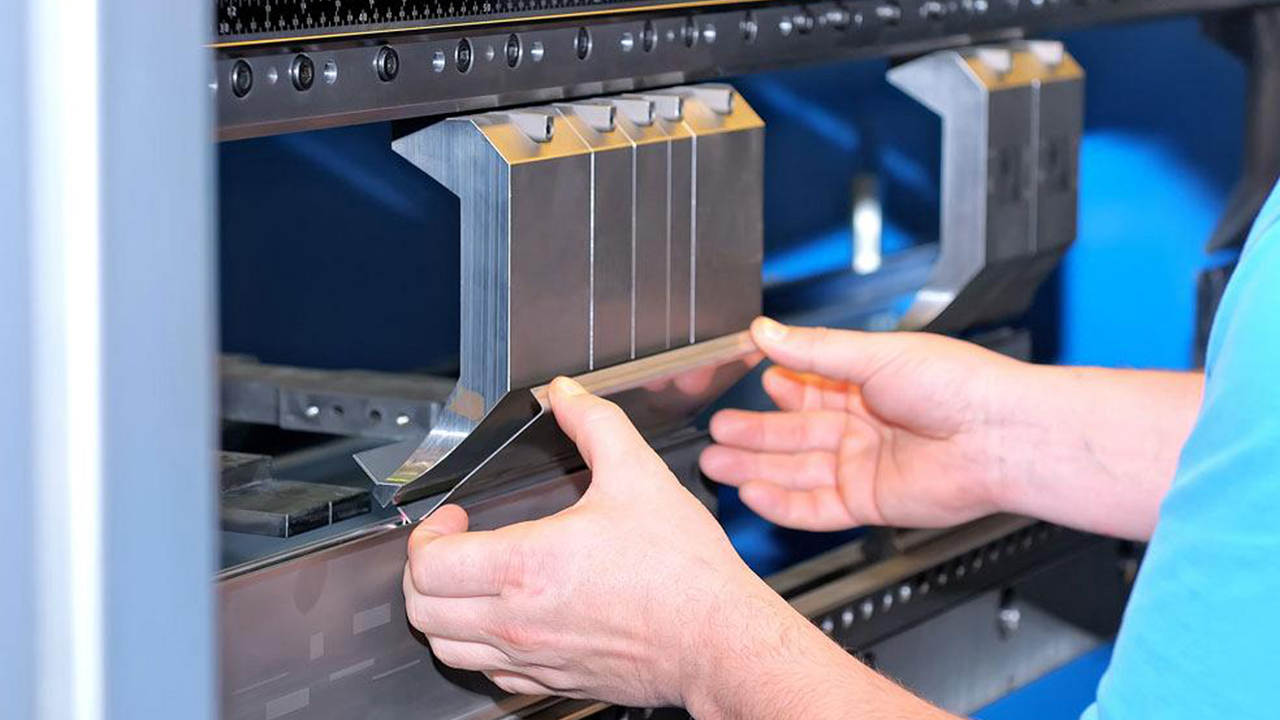The selection of press brake tooling involves careful considerations, mainly concerning economic factors, cost-benefit analyses, and strategies for maximizing return on investment (ROI). While often overlooked, they are significant for harmonious production as they influence bend quality, costs, and returns.
This article explains cost analysis in press brake tooling and sheds light on essential economic factors, cost-benefit analysis, and strategies to optimize ROI. You are encouraged to read the article further and be equipped with the necessary knowledge for detailed insights and information.
Economic Factors Influencing Tooling Selection
The selection of press brake tooling is a critical decision influenced by various economic factors, including initial investment costs, operational expenses, and long-term viability. Evaluating these factors requires a comprehensive understanding of the cost implications, manufacturing requirements, and anticipated returns on investment.
Tool steel grades, coatings, and heat treatments each impact price and longevity, with higher-grade materials often offering long-term cost savings. Also, complexity – standard V-bending tools cost less than specialty tools for flanging, hemming, or intricate shapes.
Moreover, reputable brands like SMBC, known for quality and durability, may have a higher initial cost but can justify it through extended tool life and reduced downtime. For insights into the economic considerations shaping tooling selection, visit page on the SMBC website for detailed analyses and recommendations.
Cost-Benefit Analysis of Different Press Brake Systems
Conducting a cost-benefit analysis of different press brake systems is essential for assessing their economic viability and return on investment. Factors such as system compatibility, tooling requirements, maintenance costs, and operational efficiency contribute to the overall cost structure and long-term sustainability of press brake operations.
Considers tool life and replacement costs; durable tools like those offered by SMBC require fewer replacements, leading to long-term cost savings. They are also ergonomically designed and can reduce operator fatigue and injury risks, lowering insurance costs and lost productivity due to accidents.
By comparing these elements across various systems, you can make informed decisions, optimize resource allocation, and maximize profitability.
Strategies for Maximizing ROI in Press Brake Operations
With a clear understanding of cost factors and benefits, you can implement strategies to maximize your ROI. Maximizing return on investment in press brake operations necessitates strategic planning, proactive management, and continuous improvement initiatives.
Implementing cost-effective tooling solutions, optimizing workflow processes, and using advanced technologies can contribute to operational efficiency, reduced downtime, and increased throughput.
Additionally, you can invest in high-quality, durable press brake tooling, such as those available through reputable manufacturers like SMBC. This would enhance productivity, minimize maintenance costs, and ensure long-term sustainability.
Final Takeaway
Press brake tooling requires understanding economic factors, cost-benefit analyses, and strategic initiatives to maximize return on investment. You can optimize tooling selection by evaluating financial considerations and implementing effective strategies to enhance operational efficiency and achieve sustainable growth.
As the industry evolves, adopting a holistic approach to press brake tooling and operations remains imperative for manufacturers and individuals seeking to navigate economic complexities, mitigate risks, and capitalize on innovation, efficiency, and profitability opportunities.
